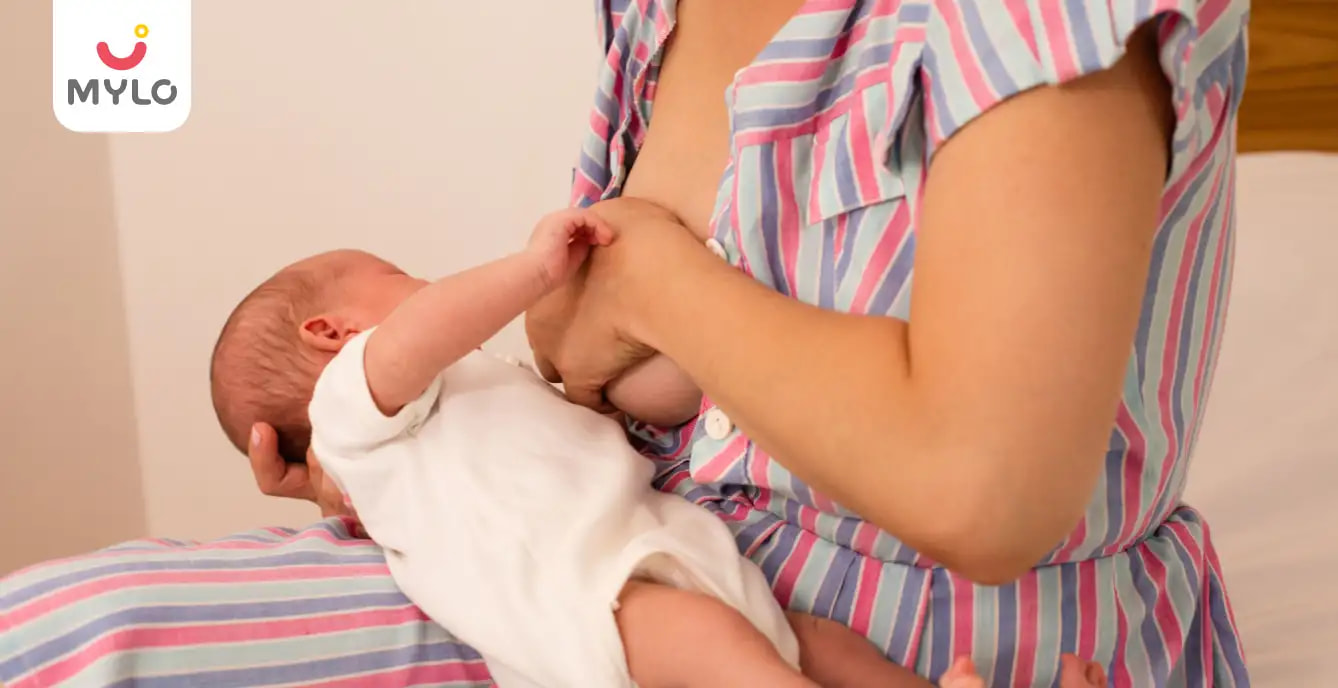Get MYLO APP
Install Mylo app Now and unlock new features
💰 Extra 20% OFF on 1st purchase
🥗 Get Diet Chart for your little one
📈 Track your baby’s growth
👩⚕️ Get daily tips
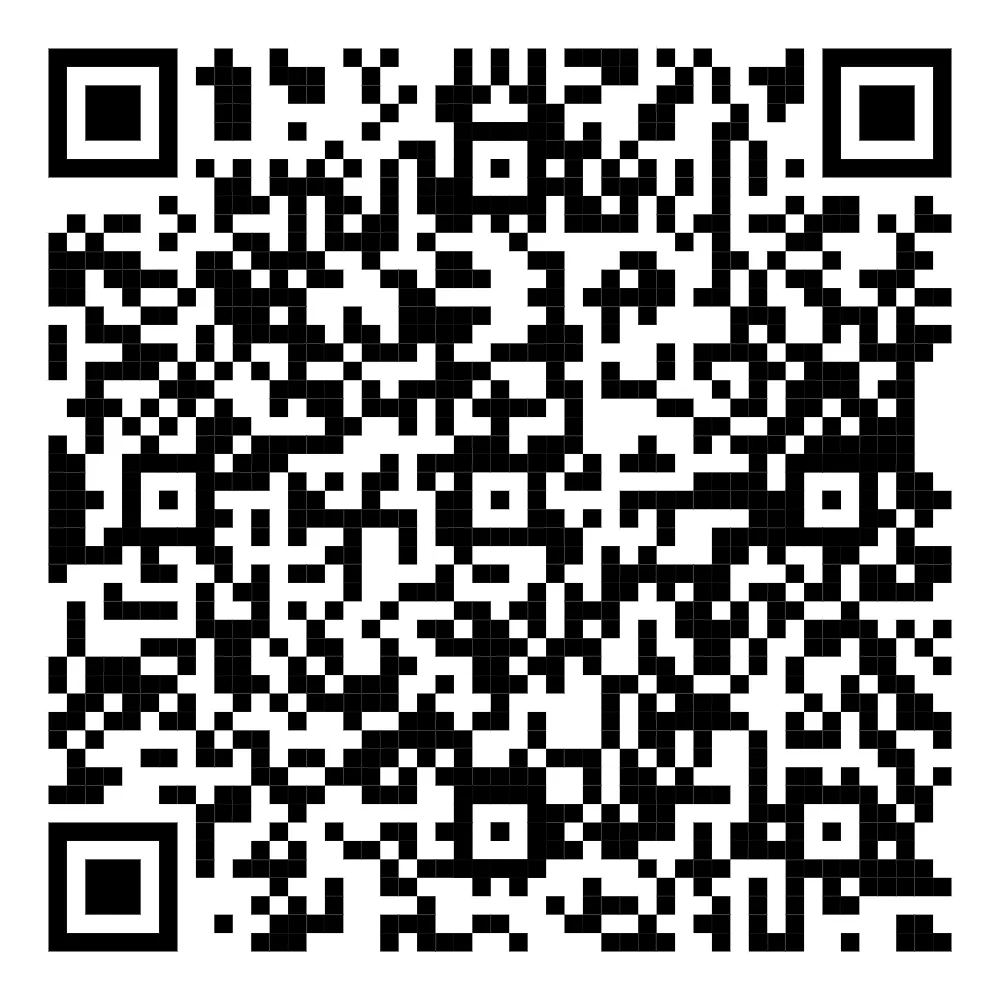
OR


Article Continues below advertisement
- Home

- Painful Nipples During Breastfeeding: A Step-by-Step Approach for Managing Discomfort
In this Article
- How Common Is Nipple Pain While Breastfeeding?
- What are the Signs and Symptoms of Breastfeeding Pain?
- What are the Causes of Painful Nipples During Breastfeeding?
- Tips for Preventing Painful Nipples During Breastfeeding
- 1. Ensure a proper latch
- 2. Break the suction gently
- 3. Keep your breasts clean and dry
- 4. Avoid harsh soaps or lotions
- 5. Apply lanolin or nipple cream
- 6. Allow your nipples to air dry
- 7. Treat any underlying conditions promptly
- Breastfeeding Positions to Reduce Nipple Pain
- 1. Cradle hold
- 2. Football hold
- 3. Side-lying position
- 4. Cross-cradle hold
- 5. Laid-back position
- Breastfeeding Pain Relief Home Remedies
- 1. Warm compress
- 2. Cold compress
- 3. Breast milk application
- 4. Nipple cream or ointment
- 5. Proper breast care
- When to Seek Help for Breastfeeding Pain
- Nipple Care and Hygiene During Breastfeeding
- 1. Keep nipples clean
- 2. Breast milk application
- 3. Protect nipples during showering
- 4. Comfortable clothing
- 5. Check for signs of infection
- Conclusion
Baby Care
 8781
8781Painful Nipples During Breastfeeding: A Step-by-Step Approach for Managing Discomfort
Updated on 4 July 2023
Breastfeeding is the epitome of nurturing and nourishment bestowed upon your precious ones. The countless advantages it offers often instill unwavering determination in new mothers to persist with painful nipples during breastfeeding, even amidst the accompanying anguish and unease.
Fortunately, you can nurse your baby without enduring piercing agony by adopting appropriate latch techniques and embracing optimal breastfeeding positions. Additionally, various breastfeeding pain relief home remedies exist to alleviate breastfeeding discomfort, alongside valuable insights into recognizing warning signs that signify the need for professional assistance in tackling breastfeeding pain.
How Common Is Nipple Pain While Breastfeeding?
Breastfeeding pain is common, particularly in the early stages. According to research studies, approximately 80% of breastfeeding women experience some degree of nipple soreness or pain.
Article continues below advertisment
It is important to note that while nipple pain is common, it is not normal or should be endured without seeking help.
What are the Signs and Symptoms of Breastfeeding Pain?
The signs and symptoms of breastfeeding pain are as follows:
1. Nipple soreness and tenderness
2. Cracked or bleeding nipples
3. Breast engorgement pain
Article continues below advertisment
4. Shooting or radiating breast pain
5. General breast pain or tenderness
6. Breastfeeding aversion
What are the Causes of Painful Nipples During Breastfeeding?
The reasons behind the nipple pain while breastfeeding are as follows:
1. Improper latch or positioning
Article continues below advertisment
2. Engorged breasts
3. Nipple damage or trauma
4. Thrush or yeast infection
5. Mastitis or breast infection
6. Blocked milk ducts
Article continues below advertisment
7. Oversupply or forceful let-down
8. Tongue-tie or lip-tie in the baby
9. Allergic reaction or dermatitis
10. Hormonal changes or fluctuations
Tips for Preventing Painful Nipples During Breastfeeding
Preventing breastfeeding pain is crucial for a comfortable and successful breastfeeding experience. Here are some tips to help you prevent nipple pain:
Article continues below advertisment
1. Ensure a proper latch
Make sure your baby is latching correctly, with their mouth wide open and taking in both the nipple and a good portion of the areola. This helps prevent excessive pressure on the nipple.
2. Break the suction gently
When your baby has finished feeding, gently insert your finger into the corner of their mouth to break the suction before removing your breast. This can prevent any damage to the nipple.
3. Keep your breasts clean and dry
Ensure good hygiene by keeping your breasts clean and dry between feedings. This can help prevent infections and irritation.
4. Avoid harsh soaps or lotions
Harsh soaps and lotions can strip the natural oils from your skin, leading to dryness and potential nipple soreness. Opt for mild, fragrance-free products or rinse with warm water.
5. Apply lanolin or nipple cream
After each feeding, apply lanolin or nipple cream to soothe and moisturize your nipples. These products can provide relief and help prevent dryness and cracking.
Article continues below advertisment
6. Allow your nipples to air dry
After breastfeeding or applying nipple cream, allow your nipples to air dry. Avoid covering them with tight clothing or breast pads that can create a moist environment, which may promote bacterial growth.
7. Treat any underlying conditions promptly
If you suspect an infection, such as thrush or mastitis, or have concerns about your breastfeeding experience, seek prompt medical attention. Early treatment can prevent complications and alleviate pain.
You may also like: How To Feed A Newborn Baby By Breast?
Breastfeeding Positions to Reduce Nipple Pain
Several breastfeeding positions can help reduce nipple pain and promote a comfortable feeding experience for both the mother and baby. Some of these positions include:
1. Cradle hold
The baby is held in the mother's arms with their head resting in the crook of the elbow and their body facing the mother.
Article continues below advertisment
2. Football hold
The baby is positioned under the mother's arm, with their body tucked alongside the mother's side.
3. Side-lying position
The mother and baby lie on their sides facing each other, allowing for a relaxed and comfortable feeding position.
4. Cross-cradle hold
Similar to the cradle hold, the opposite arm supports the baby's head, providing more control during the latch.
5. Laid-back position
The mother reclines in a semi-reclined or fully reclined position, allowing the baby to lie on top of her and find their way to the breast.
It's important to note that finding the correct position may require some experimentation, and what works best for one mother and baby may not work for another.
Article continues below advertisment
You may like: Breastfeeding Positions: Finding the Perfect Fit for New Moms and Newborns
Breastfeeding Pain Relief Home Remedies
While painful nipples during breastfeeding can be challenging, some home remedies may help provide relief. Here are a few breastfeeding pain relief home remedies to consider:
1. Warm compress
Applying a warm compress to the breasts before or after breastfeeding can help alleviate pain and promote milk flow.
2. Cold compress
Using a cold compress, such as a chilled washcloth or ice pack wrapped in a thin cloth, can help reduce inflammation and numb the area, providing temporary relief from pain.
3. Breast milk application
Applying a few drops of breast milk to the nipples can help soothe and moisturize the skin, promoting healing.
Article continues below advertisment
4. Nipple cream or ointment
Using a lanolin-based or nipple-specific cream can provide relief by moisturizing and protecting the nipples from further irritation.
5. Proper breast care
Keeping the breasts clean and dry, wearing comfortable and supportive bras, and avoiding harsh soaps or lotions can help prevent further discomfort and promote healing.
When to Seek Help for Breastfeeding Pain
While some discomfort is common during breastfeeding, there are instances when it's essential to seek help for breastfeeding pain. Here are some signs that indicate you should seek assistance:
1. Severe or worsening pain
2. Cracked, bleeding, or damaged nipples
Article continues below advertisment
3. Persistent latch difficulties
4. Poor weight gain in the baby
5. Suspected infection or mastitis
Also Read: What are the essential tips for breastfeeding mothers to have a healthy diet plan?
Nipple Care and Hygiene During Breastfeeding
Nipple care and hygiene are essential aspects of breastfeeding to promote comfort and prevent complications. Here are some tips for nipple care during breastfeeding:
1. Keep nipples clean
Clean your nipples with warm water and avoid using harsh soaps or alcohol-based products, as they can dry out the skin and cause irritation.
2. Breast milk application
Express a few drops of breast milk and gently rub it on your nipples after each feeding. Breast milk has natural antibacterial properties and can help soothe and heal the nipples.
3. Protect nipples during showering
Avoid direct contact of the nipples with harsh streams of water. Instead, let water flow gently over your breasts to prevent excessive friction.
4. Comfortable clothing
Wear loose-fitting, breathable clothing, preferably made of natural fabrics like cotton, to prevent excess friction and promote airflow around the nipples.
5. Check for signs of infection
Regularly inspect your nipples for any signs of infection, such as redness, swelling, or discharge. If you notice any concerning symptoms, seek medical advice promptly.
Conclusion
In conclusion, proper nipple care and hygiene are essential for a comfortable and successful breastfeeding journey. By following the tips mentioned in this article, such as maintaining a proper latch, keeping nipples clean and moisturized, and seeking help when needed, you can prevent and alleviate painful nipples during breastfeeding. With proper care, you can nurture your baby while promoting the well-being of your nipples, creating a positive and fulfilling breastfeeding experience for you and your little one.
References
1. Cadwell, K., Turner-Maffei, C., Blair, A., Brimdyr, K., & Maja McInerney, Z. (2004). Pain Reduction and Treatment of Sore Nipples in Nursing Mothers. The Journal of Perinatal Education, 13(1), 29–35
2. Kent, J., Ashton, E., Hardwick, C., Rowan, M., Chia, E., Fairclough, K., Menon, L., Scott, C., Mather-McCaw, G., Navarro, K., & Geddes, D. (2015). Nipple Pain in Breastfeeding Mothers: Incidence, Causes and Treatments. International Journal of Environmental Research and Public Health, 12(10), 12247–12263.



Written by
Madhavi Gupta
Dr. Madhavi Gupta is an accomplished Ayurvedic doctor specializing in Medical content writing with an experience of over 10 years.
Read MoreGet baby's diet chart, and growth tips
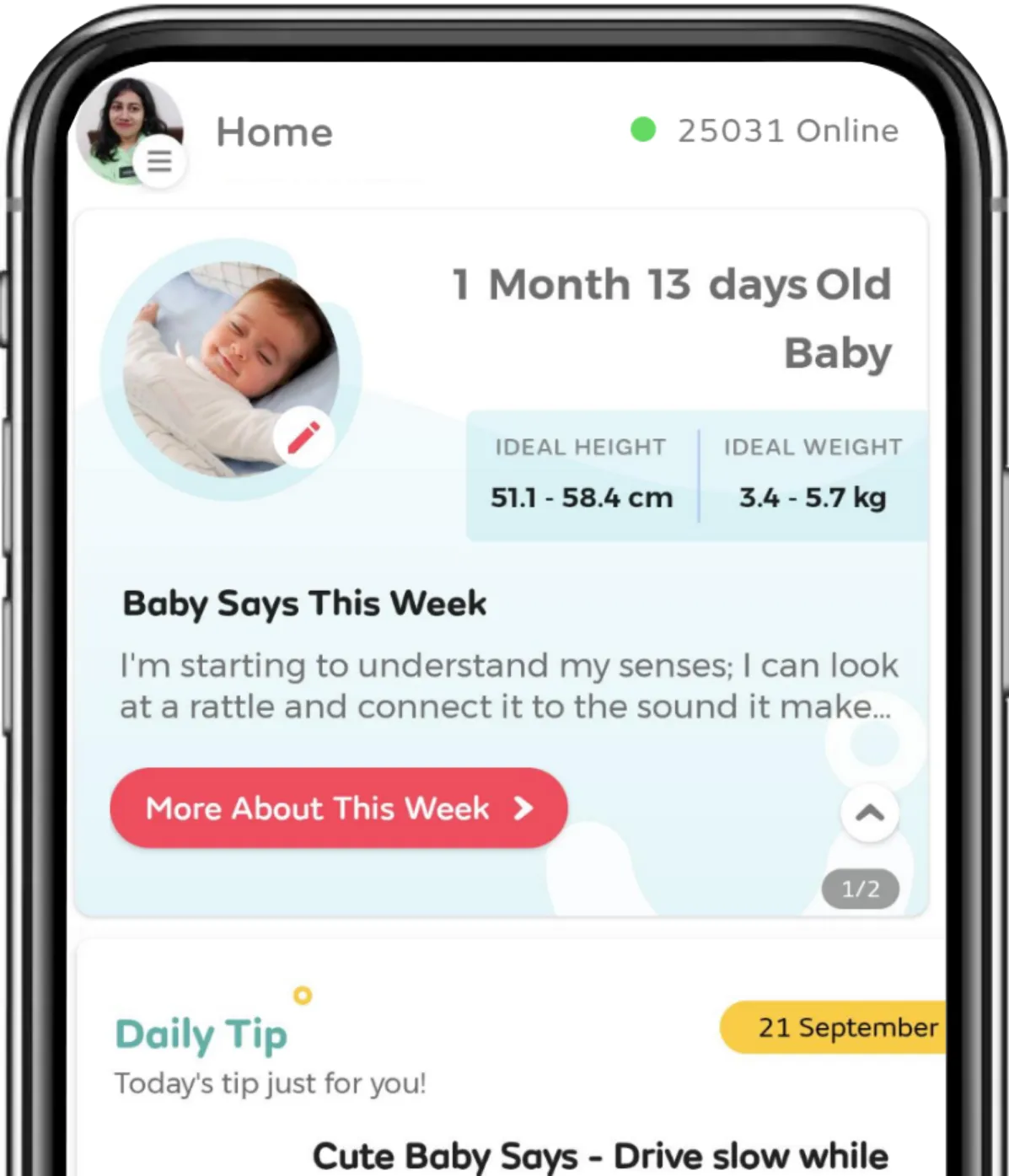
Related Articles
Understanding RSV And Its Long-Term Impact On Lung Health In Preterm Infants
Preventing Respiratory Syncytial Virus (RSV) In Preemies: Essential Steps For New Parents
How Respiratory Syncytial Virus (RSV) Impacts Premature Babies Differently: What Every Parent Needs To Know
Adverbs: A Comprehensive Guide to help small children learn the usage of adverbs
Related Questions
Influenza and boostrix injection kisiko laga hai kya 8 month pregnancy me and q lagta hai ye plz reply me
749 views
Hai.... My last period was in feb 24. I tested in 40 th day morning 3:30 .. That is faint line .. I conculed mylo thz app also.... And I asked tha dr wait for 3 to 5 days ... Im also waiting ... Then I test today 4:15 test is sooooo faint ... And I feel in ma body no pregnancy symptoms. What can I do .
752 views
Baby kicks KB Marta hai Plz tell mi
759 views
PCOD kya hota hai
1319 views
How to detect pcos
55 views
Related Topics
RECENTLY PUBLISHED ARTICLES
our most recent articles

How to Manage and Alleviate Round Ligament Pain During Pregnancy?
(3,140 Views)
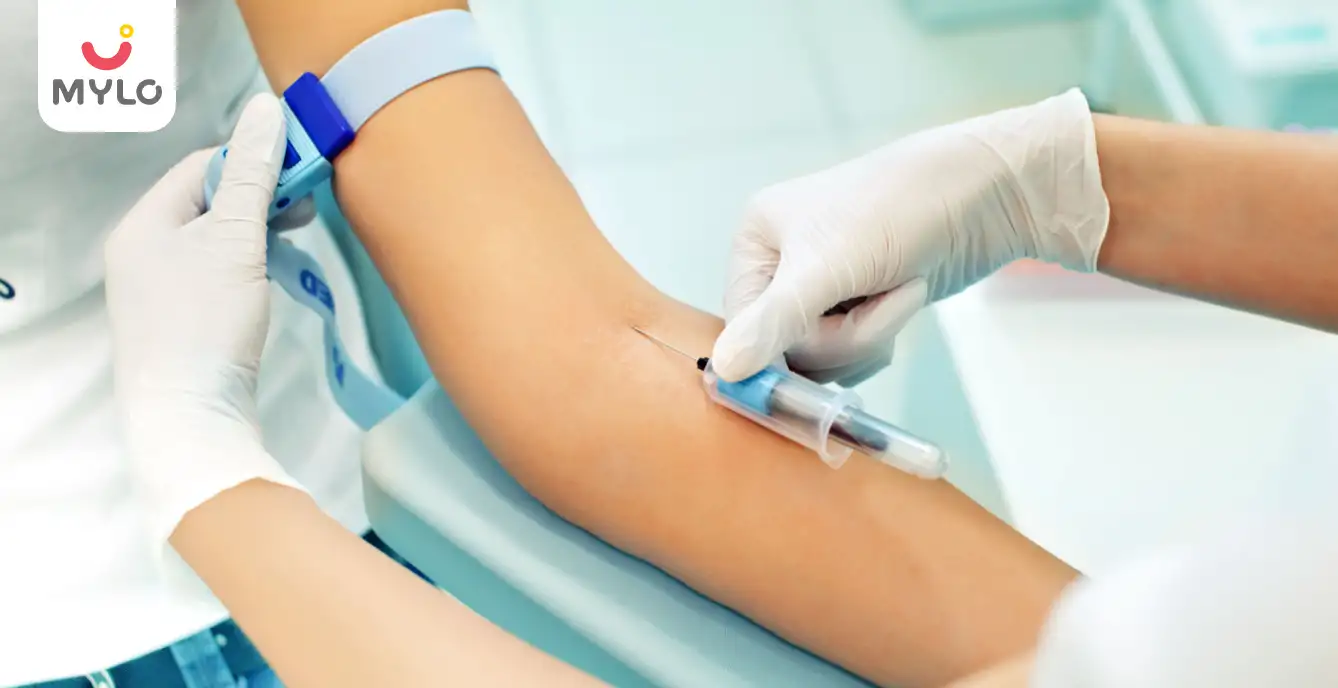
Scans & Tests
FSH LH Prolactin Test: What This Group of Tests Can Tell You About Your Fertility
(399 Views)
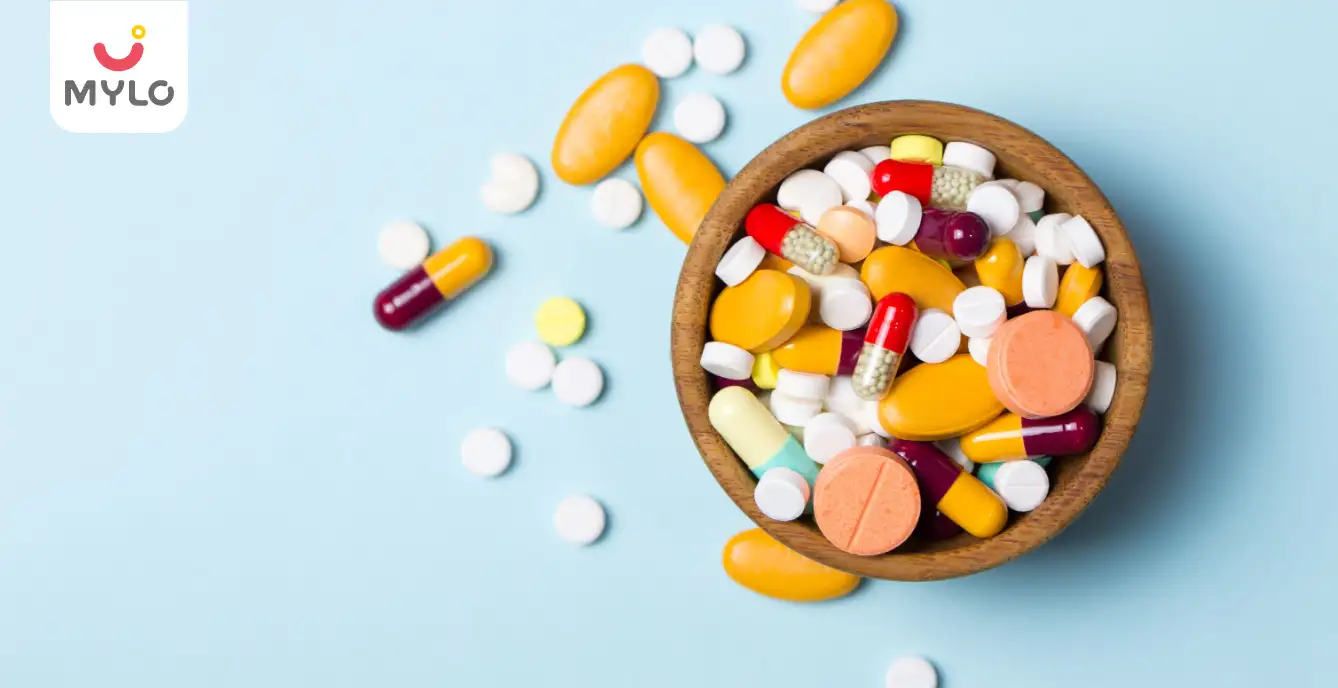
Medications
Why Berbitol is the Missing Piece in Your Supplement Stack
(381 Views)

Leisure
Top 10 Action Movies to Watch on Netflix in 2023
(3,898 Views)
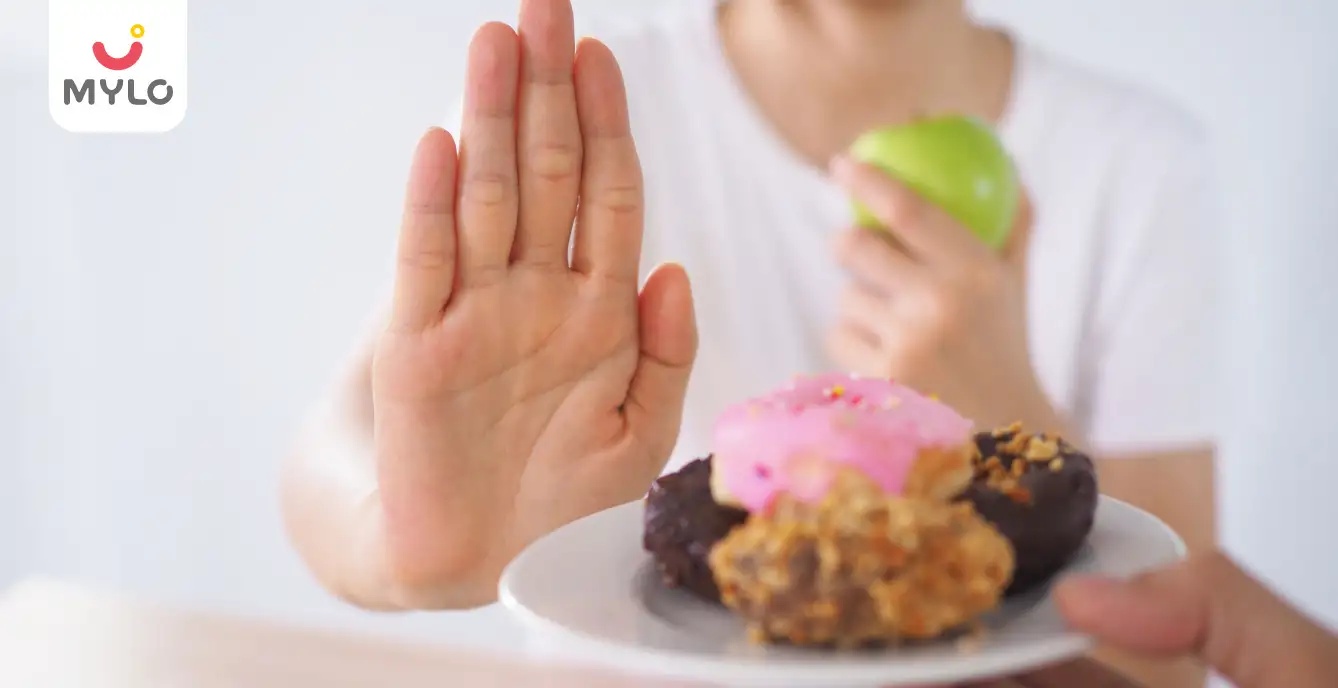
In Vitro Fertilization (IVF)
Foods to Avoid After Embryo Transfer & Other Precautions to Boost Your Chances
(1,672 Views)
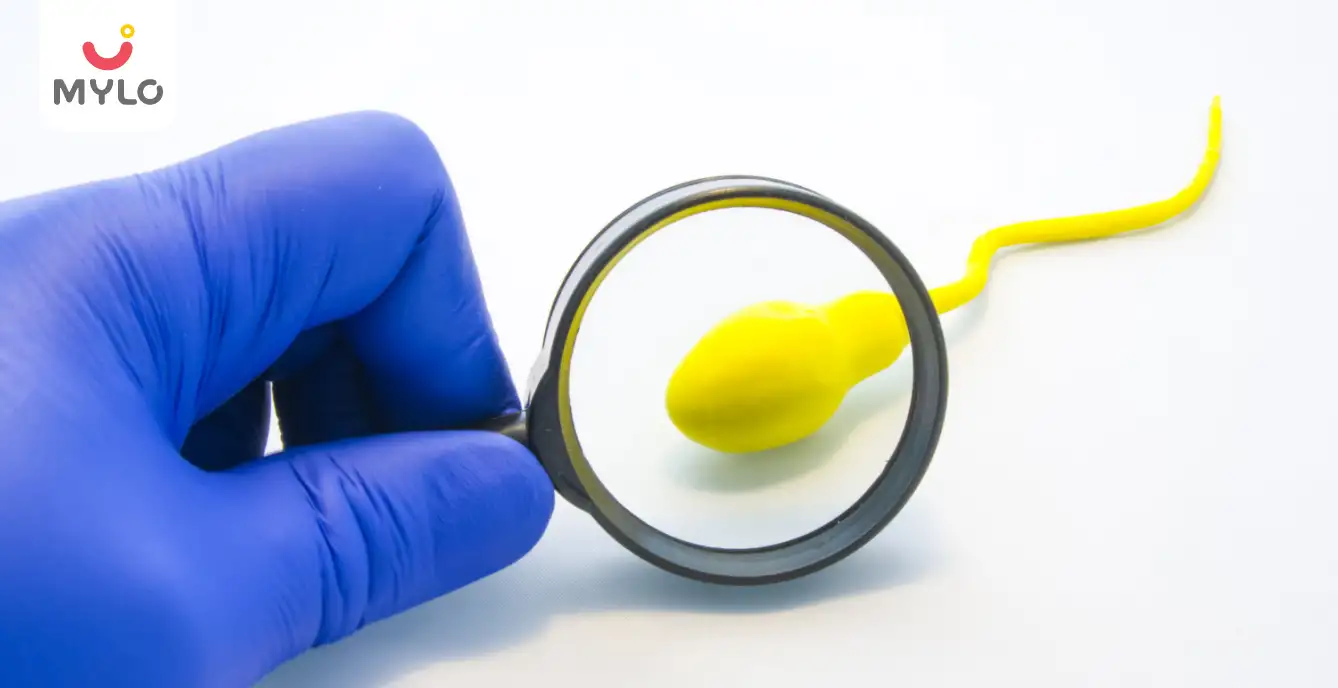
Reproductive health
Semen Analysis: A Comprehensive Look at Male Reproductive Health
(136 Views)
- Understanding Premature Ejaculation: Causes, Symptoms, and Treatment Options
- Gokshura: The Ancient Ayurvedic Remedy for Optimal Sexual Health and Wellness
- Retrograde Ejaculation: Unraveling the Mystery Behind This Uncommon Sexual Dysfunction
- Fertisure F: The Key to Unlocking Your Fertility Potential & Chances of Conception
- Here's everything you need to know if you want to give potty training to your infant or try Elimination Communication.
- Top 4 Kinds of Infertility Treatments to Cure Male Infertility
- Sleeping positions during pregnancy
- Burning Sensation After Sex: What Could It Mean
- Hormonal Imbalance in Men: What You Need to Know About Its Hidden Effects
- Kapikacchu: The Secret Ingredient for Boosting Fertility and Libido
- Safed Musli: The Secret Ingredient to Boost Your Immune System and Lifestyle
- What Causes Blurred Vision During Pregnancy & How to Deal With It?
- Suffering from Insomnia during your Pregnancy: Here are the Symptoms and Solutions
- Original Shilajit: The Key to Unlocking Your Health and Wellness Goals


AWARDS AND RECOGNITION
Mylo wins Forbes D2C Disruptor award
Mylo wins The Economic Times Promising Brands 2022
AS SEEN IN











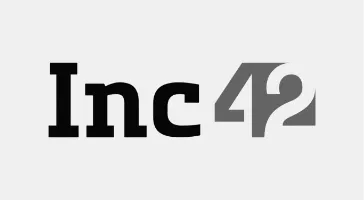
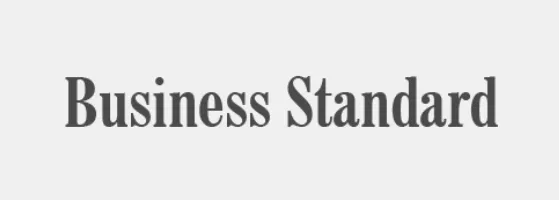
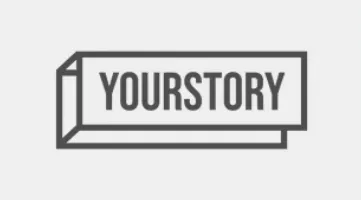
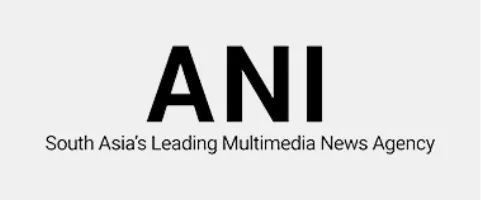

At Mylo, we help young parents raise happy and healthy families with our innovative new-age solutions:
- Mylo Care: Effective and science-backed personal care and wellness solutions for a joyful you.
- Mylo Baby: Science-backed, gentle and effective personal care & hygiene range for your little one.
- Mylo Community: Trusted and empathetic community of 10mn+ parents and experts.
Product Categories
baby carrier | baby soap | baby wipes | stretch marks cream | baby cream | baby shampoo | baby massage oil | baby hair oil | stretch marks oil | baby body wash | baby powder | baby lotion | diaper rash cream | newborn diapers | teether | baby kajal | baby diapers | cloth diapers |



